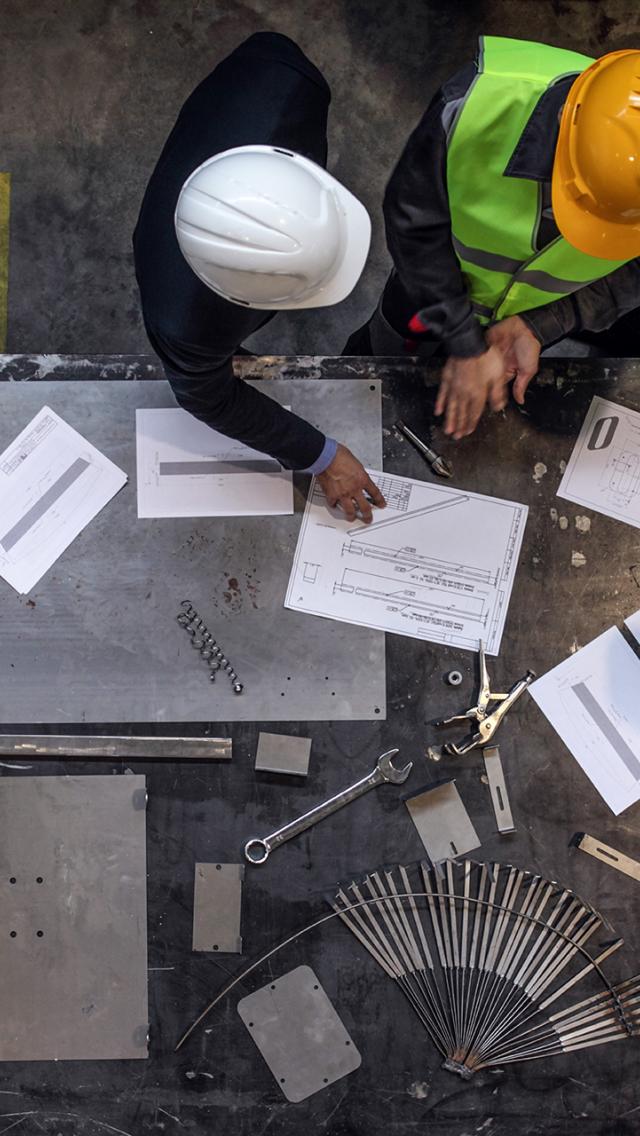The Superbelt® conveyor
Ideal for robotic sorting of hot castings
Foundry operations encompass the three dreaded D’s in industrial labor: Dull, Dirty, and Dangerous. That is why robotics is gaining ground, providing high flexibility in foundry applications, including secondary operations such as degating and sorting.
When used in combination with the Superbelt® conveyor technology, the result is a critical competitive edge in terms of efficiency, product quality, and worker safety.
Downstream the shakeout, the Superbelt® conveyor transports hot castings, serving multiple sorting stations, each equipped with an integrated 3D vision scanner to detect the castings type and a robot that picks them to specific collecting bins.
Sand and sprues are conveyed to the unloading point where the downstream equipment provides for screening and recovery.
High reliability
The Superbelt® conveyor is made up of partially overlapping steel pans securely bolted on a patented steel double-wire mesh system.
The belt design is based on a multi-link concept that ensures redundancy, little to no maintenance, and trouble-free continuous operation. Even if the mesh is severely damaged, the conveyor will keep on running till the scheduled maintenance, without sudden failures.
The trouble-free operation allows to preserve the productivity and profitability of the whole plant and results in greater efficiency and uptime during 24/7, year-round operation.
High temperature resistance
The patented method of connecting the pans to the mesh belt leaves all components to freely expand in any direction without permanent deformations. The take-up device automatically compensates for thermal expansions.
Impact toughness
The Superbelt® is specifically designed with unique carrying idlers, supports, and a heavy-duty shock absorber frame to provide high resistance to mechanical impacts caused by large/heavy castings (hundreds of kgs), especially where large drop heights are involved.














